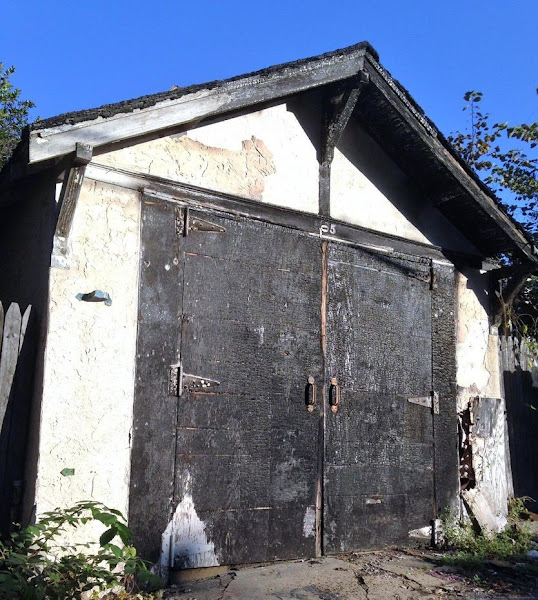Presenting a collection of St. Louis bricks, sidewalk markers, and the Fleur-de-lis as architectural detail on and in city buildings, brick collecting, urban exploration, and my life by Christian Herman. Reporting from Tower Grove South in St. Louis, MO
8/29/21
Chippewa Viaduct
Historic granitoid.
It was Portland cement–aggregate combination that was intended to bridge the gap between the needs of horse drawn vehicles, which required sure footing, and automobiles, which needed a hard, resilient surface, in the earliest part of the 20th century.
When I was a child in TGS all of the streets and sidewalks were Granitoid as were the street lights. Rain would freeze in between the stones and the cement and create holes. The solution was a cover of horrible black asphalt which is still being used.
This is on the top of the viaduct on Chippewa. My sister and I explored here for decades.
Post from 2010: https://stlouisbricks.blogspot.com/search?q=viaduct
It was Portland cement–aggregate combination that was intended to bridge the gap between the needs of horse drawn vehicles, which required sure footing, and automobiles, which needed a hard, resilient surface, in the earliest part of the 20th century.
When I was a child in TGS all of the streets and sidewalks were Granitoid as were the street lights. Rain would freeze in between the stones and the cement and create holes. The solution was a cover of horrible black asphalt which is still being used.
This is on the top of the viaduct on Chippewa. My sister and I explored here for decades.
Post from 2010: https://stlouisbricks.blogspot.com/search?q=viaduct
8/28/21
8/27/21
Subscribe to:
Comments (Atom)






























